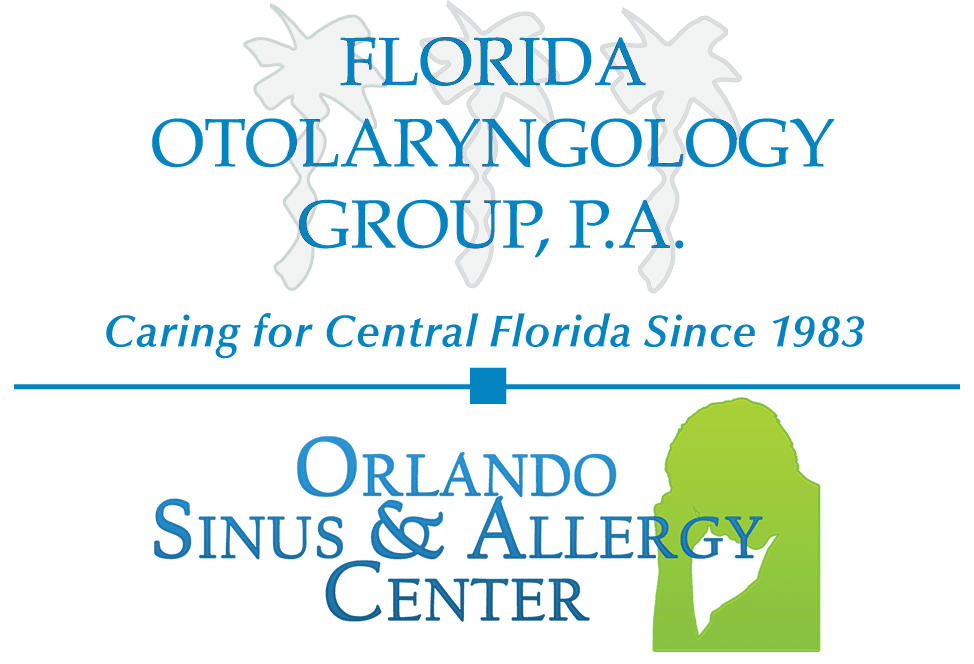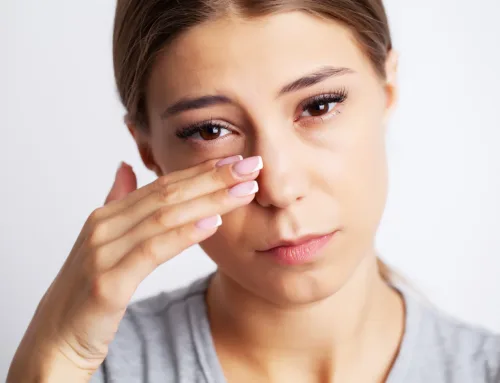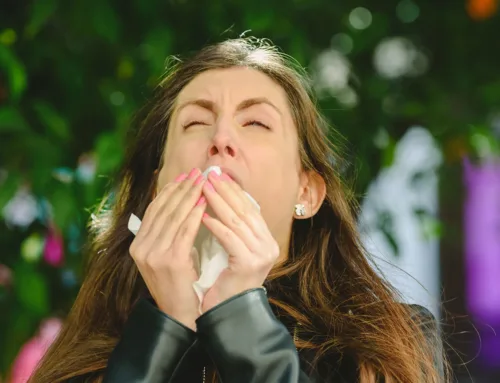May is Better Hearing and Speech Month, and a timely new study released from the Centers for Disease Control and Prevention finds that a number of Americans have noise-induced hearing loss without realizing it.
Hearing loss is the third most common chronic health condition and more than twice as common as diabetes and cancer combined. Forty million American adults have lost some hearing due to noise, and over half of them report no history of noise exposures at work, the CDC reported. Unless your hearing is tested it’s hard to know if it’s damaged.
About 24% of people ages 20-69 who report excellent hearing have measurable hearing loss.
More surprisingly, 19% of Americans aged 20-29 have hearing loss meaning that younger individuals are more at risk of noise exposures than previously thought. The number of American adults with hearing loss is expected to double to 73.5 million in the next 40 years.
It has long been known that exposure to loud sounds can damage the sensitive hair cells in the inner ear or cochlea. When too many of these hair cells are damaged, the ability to hear is diminished. Repeated injury is cumulative, and unfortunately, once damaged, the inner hair cells do not regenerate. Hearing loss often gets worse for years before anyone notices or diagnoses it. People may not know that activities away from work can damage hearing just as much as noise on the job. We live in an increasingly loud world.
Traffic, music, mass transit, and household appliances all contribute to our cumulative noise exposure. CDC’s National Institute for Occupational Safety and Health (NIOSH) recommends wearing hearing protection whenever noise is greater than 85 decibels (dB) regardless of the length of exposure. A washing machine can be 75 dB loud, and the traffic noise level inside of a car can be 80dB.
A leaf blower can be 90dB, sporting events at 100 dB and rock concerts can be 110 dB loud. Studies have shown that exposure to 100 dB of sound for 14 minutes can damage hearing. Exposure to 110 dB can damage hearing within 2 minutes. Nearly 50% of people between the ages of 12 and 35 listed to music at unsafe levels of sound according to the World Health Organization.
Noise exposure is the most common modifiable cause of hearing loss, and the key message is that hearing damage can be prevented or limited if precautions are taken to avoid exposures.
People concerned about their hearing can avoid noisy places when possible. Earplugs or protective earmuffs should be worn when loud noise exposures are anticipated. Individuals should keep TV, car, and headphone volumes down. Keeping then at 60 percent or less of the maximum volume is recommended.
One should still be able to hear the conversation when listening to headphones. Anyone experiencing tinnitus or suspecting hearing loss should discuss this with a healthcare professional. A visit with an ear, nose, and throat doctor and audiologist will usually involve a thorough physical examination and hearing test to screen for potential hearing loss and its causes. Remember that there can be damage without symptoms, so being aware of noise exposures is a crucial first step.





